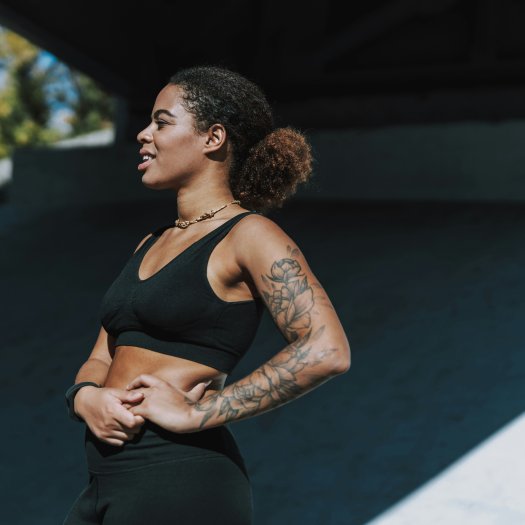- More signature pieces for female professional sport
- Sponsorship in women's sport pays off
- So out: Shrink it and pink it
- Sensible injury prevention for women
- More attention for the female menstrual cycle
- Picking up female athletes in their prime
- Women like it emotional
- Technology products for the female target group
- Whether finance or design: female bosses wanted
- Stay away from femwashing
In 1971, Puma launched the first white soccer shoe for women on the market. It bore the name "Pelerina", inspired by the world footballer Pelé. Over 50 years later, the new "innovative" women's soccer shoe from Nike was given a very special name: Phantom Luna. According to the company, the fit is perfectly adapted to the anatomy of female footballers. The shoe is equipped with the new Nike Asym Fit upper design and has a snug fit at the ankle, which the players requested during the research phase. "The Luna is one of the most comfortable shoes I've ever worn. As an athlete who is constantly on the move, it's really important to feel comfortable and secure," says Crystal Dunn, defensive player for the US women's national team. There are also more signature pieces than ever under American basketball hoops at the moment: basketball player Breanna Stewart is delighted with her ice blue Puma shoe, Sabrina Ionescu is collaborating with Nike (the shoe is available in different colors and can be completely personalized) and Candace Parker has long been allied with Adidas.
Forbes sees the development as positive and states "a whole new shoe game for women". According to the US magazine, Puma, Nike and Adidas want to score points with signature shoes for WNBA athletes and beyond. Let's hope it's a high-scoring game so that shopping experiences like basketball player Kahleah Copper's - "going straight to the men's section" - are a thing of the past.
Signature pieces are one thing, but the more the sponsorship sums for female athletes increase, the more visible women's sport becomes. The result: consumers see their role models more often, which increases their identification with their role models and the products presented. And the market benefits sevenfold. According to Deloitte, a corporate sponsor gets more than seven dollars back for every dollar it spends on women's sport.
It is therefore hard to understand why there is not a single woman on the Forbes list of the world's 50 highest-paid athletes in 2024. "One of the biggest hurdles marketers are quietly whispering is that brands know they should be doing more for women's sport but don't know where to start," writes Marketing Week.
Bitter words at a time when women's elite sport is on an unprecedented high: Deloitte predicts that revenues will exceed the 1 billion US dollar mark for the first time in 2024 at 1.28 billion US dollars. According to the consulting firm, this sum will be at least 300% higher than the last forecast in 2021.
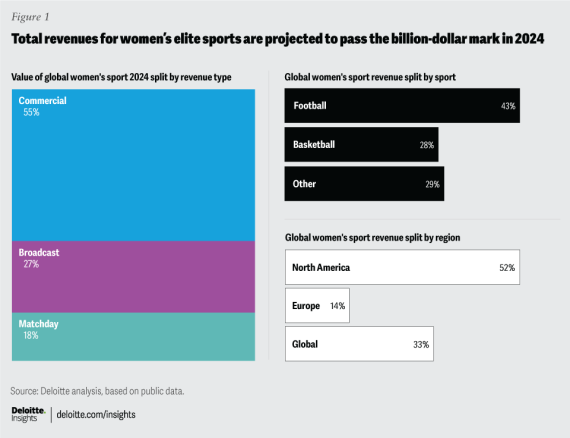
Especially when it comes to functional sports items, women often have no other option than to fall back on the "shrunken" men's product. Even if the sports industry is now trying harder to satisfy the visual needs of its female target group with a different color palette. But that's not nearly enough.
"When Jeremy and I look for equipment for our expeditions, we always experience the same thing. We order the same clothing for men and women. But the material is not the same. Every time we need equipment for the winter, we realize that the men's product is often more resistant than the women's product," says adventurer Sophie Planque, whose film about her bike tour from Alaska to Patagonia is currently being shown at the European OutDoor Film Tour (EOFT ). The Frenchwoman also sometimes has her problems with the hardware - although she says the bike industry is developing very strongly. "Gravel bikes have brought more equality. But it's still difficult for small women to find the right size."
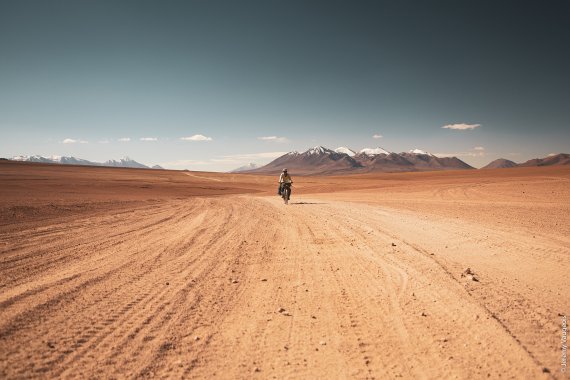
And even when it comes to sports items that are produced specifically for women, athletes like biathlete Selina Grotian simply see a need to catch up: "Sports bras also sometimes have unfavorable seams and are not always ideal, especially in combination with the chest strap. Although I clean the chest straps, they always have an unpleasant smell." Lara Lessmann feels the same way. The BMX rider would like sports bras "that fit well and don't slip".
Women train differently than men, women play soccer differently, women get injured differently. Do sporting goods manufacturers have this in mind? Sometimes more, sometimes less...
Similar to medicine, there is a large research gap between male and female athletes. As the German news magazine Der Spiegel recently wrote: "Since ancient times, the male body has been considered the norm. The suffering of women was ignored, trivialized, ridiculed." This "gender data gap" has serious consequences for female athletes and even endangers their health.
It is now well known that women are more susceptible to certain injuries due to their anatomy and different hormone levels: Tears to the anterior cruciate ligaments are three to six times (depending on the study) more common in women than in their male counterparts, based on training and playing time in soccer (German Journal of Sports Medicine). The same applies to injuries to the meniscus and ankle.
Sports physicians cite the skeletal differences in the pelvic area as the reason for this. A woman's pelvis as a whole is wider, the pelvic blades are wider and less steep and the pelvis has a greater forward tilt. This results in a physiological knock-kneed position and different force ratios in the knee and ankle joints. Every shoe manufacturer should actually take these anatomical characteristics of the female body into account.

The topic of female menstruation needs to be brought more into the public eye: whether you are an adventurer on an expedition lasting several months or a world-class athlete competing for several hours - menstruation can be postponed using hormones, but more and more female athletes are doing without them.
In addition to the usual products such as pads, panty liners and tampons, there is now also a selection of period underwear. Biathlete Selina Grotian confirms: "Period panties are already available. But these could certainly be adapted for sports activities in terms of material or breathability." For adventurous women, a menstrual cup is therefore often the better alternative. The disadvantage: the water for boiling has to be transported.
Breathable clothing is also high on the wish list of female athletes such as BMX rider Lara Lessmann, "as the body temperature rises during menstruation and the body consumes more energy."
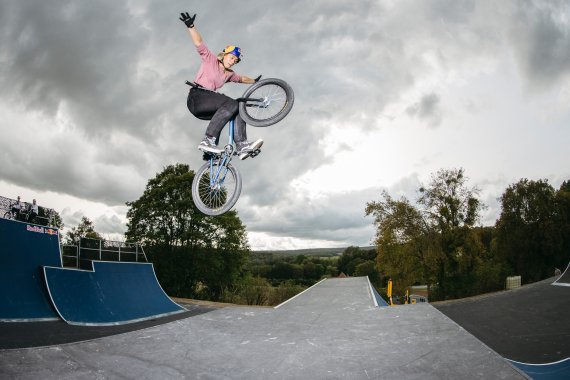
Sweating and incontinence are just two possible physiological reactions of the female body during the menopause. To date, however, hardly any companies have dared to address the target group of middle-aged women with special articles. This is why Femography received an ISPO Award in 2023 for its Absorbent Menopause Legging. According to the manufacturer, these are designed to alleviate the main symptom of menopause, hot flushes, while also offering other useful functions, such as a leak-proof, absorbent gusset in the crotch.
According to the North American Menopause Society, the number of post-menopausal women (the time of the last menstrual period) will increase to 1.1 billion worldwide by 2025. This means that the equivalent of one in four women will be going through the menopause (this includes the years before and after the last menstrual period). A huge market, but there is not only a lack of sporty role models, but also products that combine function and fashion.
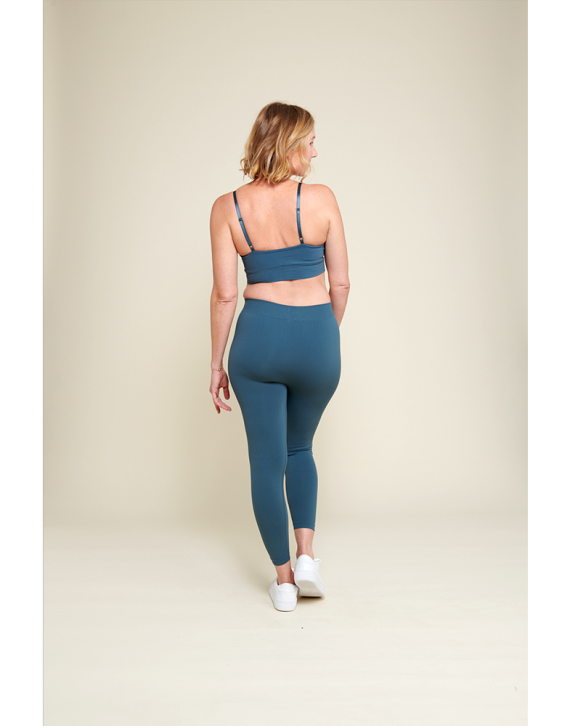
Men buy, women store - what is there to this statement? A lot. Whether it's price or sustainability, women look more closely than men when shopping. They also often take more time before something ends up in their shopping cart.
The maxim must therefore be: instead of sober stores, more emotional storytelling. This also includes a gender-specific approach. While men like formal and factual information, women prefer a more personal and relationship-oriented approach.
It is therefore all the more surprising that photos and products from men still predominate on the landing pages of various sports companies - and not just during the European Football Championship. Under Armour, for example, is exemplary here with a button that leads to the "Shop Women" and the "Shop Men". Mammut invites you to store with a colorful mix of photos of both genders from different backgrounds, and at Columbia you can see children or a woman walking in front of a man on a rock.
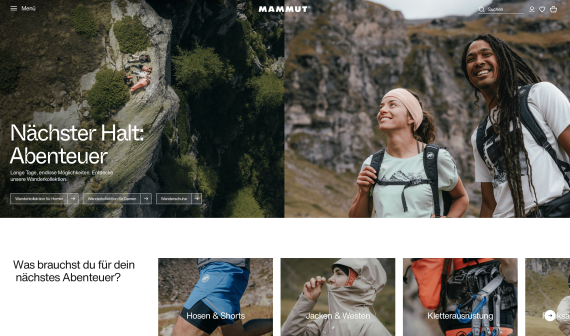
According to BMX rider Lara Lessmann, a watch or ring gets in the way of most sports. She would like to see more tracking products that are tailored to women and display the values for body temperature and pulse in the best possible way. Biathlete Selina Grotian feels the same way. She misses "sports watches that are tailored to cycle-based training and provide supportive control". She would also like to see a "cooler choice of watch colors".
Women are not only lacking in management positions at international sports companies, but product development is also firmly in the hands of men. In an interview with ISPO.com, Christina Käßhöfer, Independent Senior Advisor, Brand and Female Consumer Expert, therefore calls for "a complete rethink in the corporate mindset - from management to working with female designers to a change in communication and brand ambassadors who are fully involved".
Products by women for women - this is a rarity and by no means anything new. As early as 1999, the then CEO of the Women's Sports Foundation, Donna Lopiano, wrote in an article for the Sport Business Journal: "Many sporting goods manufacturers have recognized that it is difficult for men to decide what women want", but 25 years later, implementation still seems to be failing. Although women like Donna Carpenter (Burton) and Anne-Laure Descours (Puma) or Rose Marcario (Patagonia) and Antje von Dewitz (Vaude) are shaking up the scene - there is still a lot of room for improvement.

Companies that engage in greenwashing always reap shitstorms. It will be no different for those companies that claim to have the target group of women in mind and only do so because of the supposed profit. As I said, female customers take a closer look, value sustainability and want their needs to be taken seriously. Women know how women think. And sportswomen know how sportswomen think. So our tip: either ask the target group about their needs and/or integrate more women into the decision-making process.
- Awards
- Mountain sports
- Bike
- Fitness
- Health
- ISPO Munich
- Running
- Brands
- Sustainability
- Olympia
- OutDoor
- Promotion
- Sports Business
- Textrends
- Triathlon
- Water sports
- Winter sports
- eSports
- SportsTech
- OutDoor by ISPO
- Heroes
- Transformation
- Sport Fashion
- Urban Culture
- Challenges of a CEO
- Trade fairs
- Sports
- Find the Balance
- Product reviews
- Newsletter Exclusive Area
- Magazine
